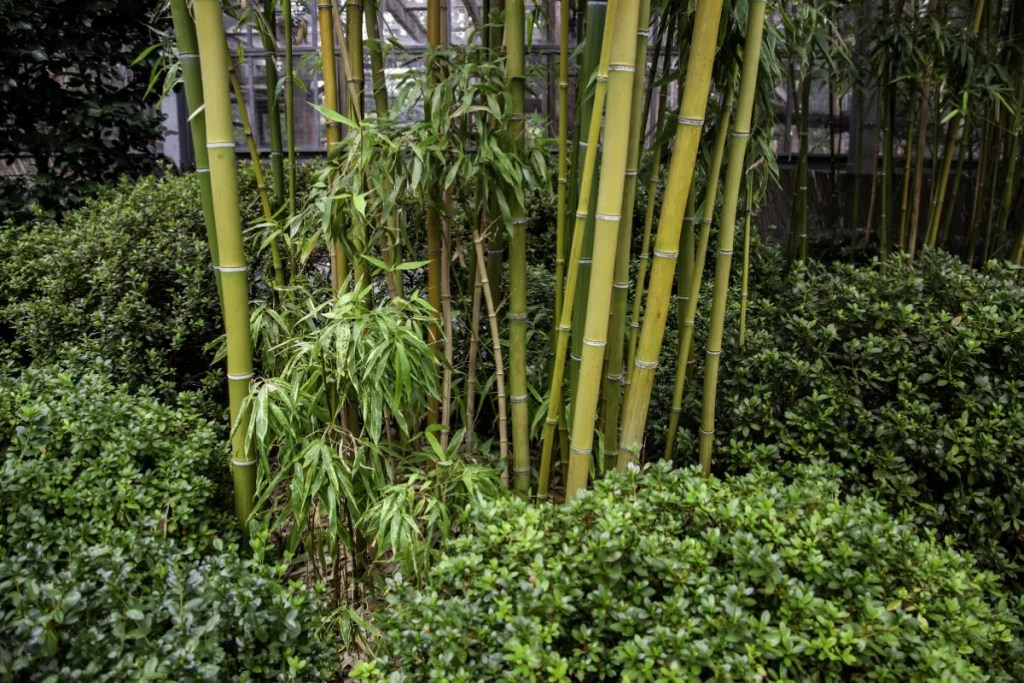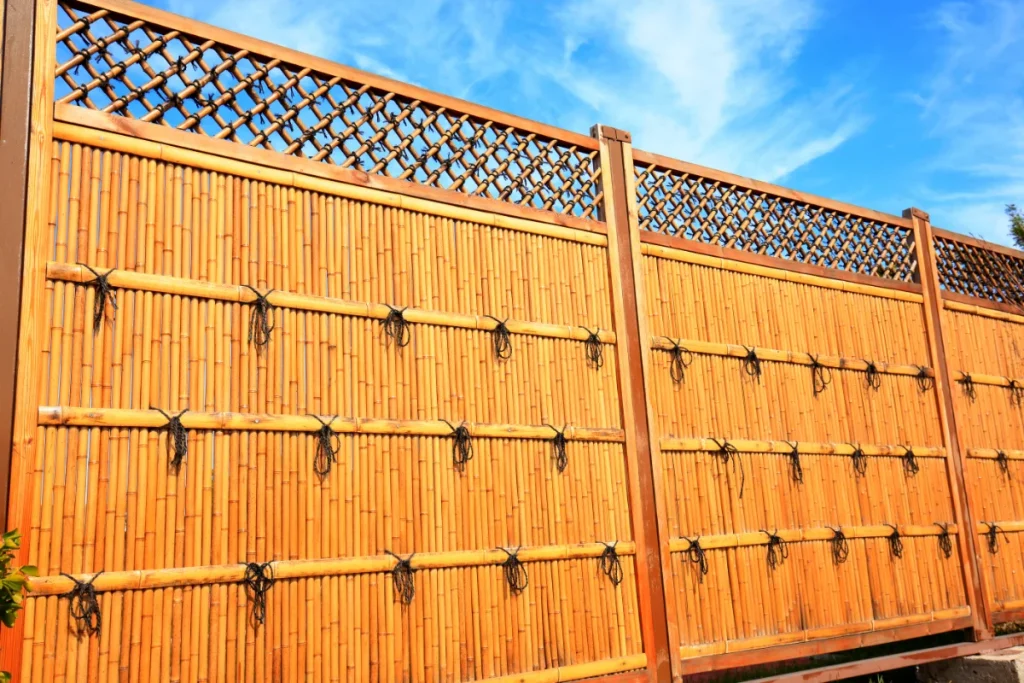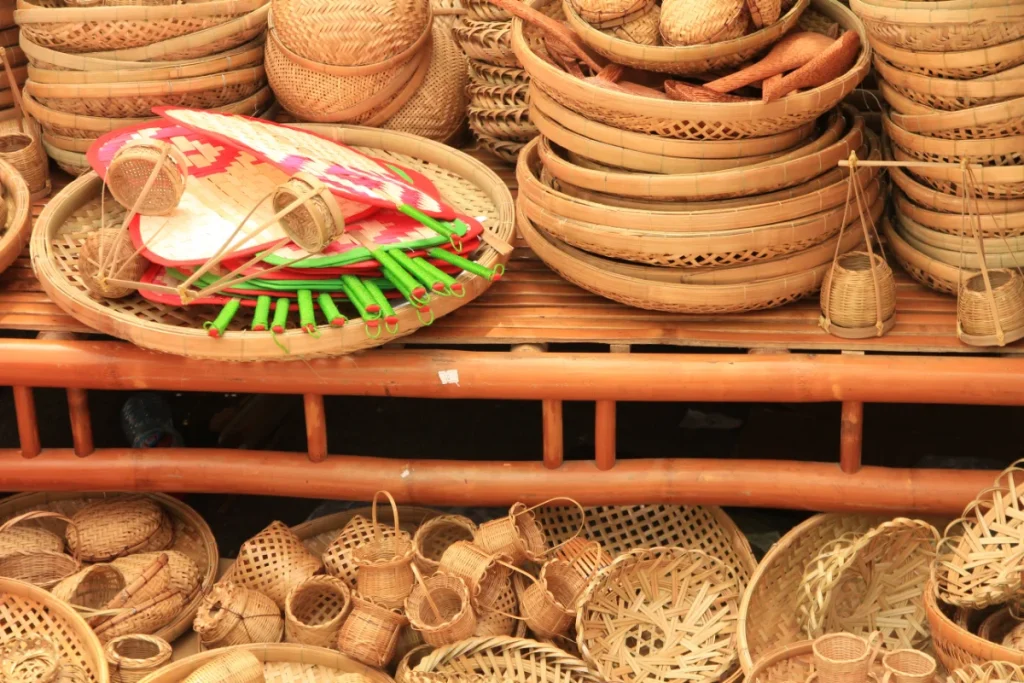
Complete Guide For Watering Lucky Bamboo Plant
Introduction
In the world of indoor ornamental plants, Lucky Bamboo stands out as a symbol of prosperity, good fortune, and harmony in various cultures, particularly in Feng Shui practices. Its serene appearance and low maintenance requirements make it popular for adorning homes and offices.
Central to the successful care of Lucky Bamboo is a thoughtful and precise lucky bamboo watering regimen. This article will explore how watering this resilient plant significantly impacts its health and longevity, reflecting the delicate balance required for its thriving growth.
Lucky Bamboo Watering
Lucky bamboo, despite its name, doesn’t grow in traditional soil. It thrives in water or a water-soil combination. Understanding its water requirements is crucial for its well-being. Normally, it is watered two or three times each week, but some guidelines still need to be followed for the healthy growth of your plant.
Lucky Bamboo Water Level
Maintaining the right water level is vital to prevent stress on your plant. The ideal water level should be just enough to submerge the roots fully but should not rise to meet the stalks.
Guidelines
Watering Lucky Bamboo requires attention to certain guidelines to maintain its health and vitality. Here’s a method to water Lucky Bamboo:
Water Quality:
It is advised to use filtered, rainwater, or bottled water. If you want to use tap water, let it sit for 24 hours to let any chlorine or fluoride evaporate. Avoid softened water or water high in salts, as these can harm the plant.
Water Quantity:
Ensure the roots are consistently moist but not waterlogged. Use enough water to cover the roots but not submerge the entire stalk or leaves. Keep the water level about 1-3 inches above the roots.
Check Water Quality Regularly:
Monitor the water quality by changing it every 1-2 weeks. Stagnant water can become a breeding ground for bacteria, leading to root rot. Rinse the container and roots each time you change the water.
Water Temperature:
Lucky bamboo prefers 65–95°F (18–35°C). Too cold or hot water can stress the plant, affecting its health.
Watering Frequency:
Lucky Bamboo prefers consistently moist soil. Depending on environmental conditions, water the plant every 1-2 weeks or when the water level decreases significantly. Adjust the watering frequency based on the humidity and temperature of the surroundings.
Observation and Adjustment:
Watch for any signs of overwatering or underwatering. Yellowing leaves can indicate overwatering, while crispy or brown tips indicate underwatering. Adjust the watering schedule accordingly.
Growing Conditions:
Lucky Bamboo thrives in indirect, moderate light and can grow in soil or water. If it’s growing in water, replace it with fresh, filtered water regularly to prevent stagnation and maintain water quality.
Remember, while Lucky Bamboo is relatively low-maintenance, paying attention to its watering needs is crucial for its health and longevity. Adjust the watering routine based on your plant’s specific environment and growth patterns.

Lucky Bamboo in Water with Rocks
A beautiful and unique way to display lucky bamboo is by placing it in a container with water and decorative rocks. This not only enhances its aesthetic appeal but also provides a stable base.
Lucky Bamboo in Water with Pebbles
For a variation in your décor, you can use pebbles instead of rocks when growing lucky bamboo in water. This offers a distinct look while serving the same purpose.
Water Change and Maintenance
For Lucky Bamboo, changing and maintaining the water is a crucial aspect of its care to ensure a healthy plant growth environment. Here are steps for changing and maintaining the water:
Prepare Fresh Water:
Use room temperature, clean, non-fluoridated, or filtered water for the change. Allow tap water to sit for 24 hours to dechlorinate if necessary.
Remove Old Water:
Gently tip the container and pour out the old water. If the plant is potted in soil, water can be gently drained, ensuring the soil doesn’t dry out completely.
Rinse Roots and Container:
Rinse the roots under running water to remove any debris or algae. Clean the container thoroughly to prevent bacterial growth or mineral buildup.
Refill with Fresh Water:
Add the prepared fresh water to the container, covering the roots while maintaining the 1-3 inch water level above the roots.
Observe the Plant:
Check the plant for any signs of stress, such as yellowing leaves or wilting. Adjust the watering schedule or light conditions if necessary.
Maintenance Tips:
Keep the water level consistent to ensure the roots are submerged, but avoid completely submerging the stems or leaves.
Maintain a balance between cleanliness and over-fussiness. A regular schedule for water change prevents issues without causing undue stress to the plant.
Over-Watering
While it’s essential to maintain a proper water level, it’s equally important not to over-water. Over-watering can lead to root rot and other issues, so moderation is key.
Lucky Bamboo Water Stinks
If you notice a foul odor coming from the water, it’s a sign of bacterial growth or decaying plant matter, it might indicate the presence of bacteria or other microorganisms. Here are steps to address and prevent the foul smell:
Change the Water:
The first step is to change the water in the container. Ensure you’re using clean, non-fluoridated, or filtered water. Rinse the roots thoroughly under running water to remove any residue or build-up.
Clean the Container:
Wash the container or vase with mild soap and warm water. Rinse it well to remove any lingering soap residue. Ensure the container is completely dry before refilling it with fresh water.
Use Activated Charcoal:
Placing a small piece of activated charcoal in the water can help absorb impurities and odors. Activated charcoal is a natural filtering agent that can help keep the water fresher for longer.
Trim Dead or Decaying Roots:
If you notice any decaying or turning brown roots, carefully trim them. Healthy roots are crucial for the plant’s well-being and water quality.
Use Hydrogen Peroxide:
In extreme cases of foul-smelling water, you can add a small amount of hydrogen peroxide (3%) to the water when changing it. Use approximately 1 teaspoon per gallon of water. Hydrogen peroxide can help to oxygenate the water and kill bacteria. However, use it sparingly to avoid any negative impact on the plant.
Can Lucky Bamboo Live in Just Water?
Yes, Lucky bamboo can live in water alone for an extended period. However, you must monitor water quality and provide proper nutrients.

Moving Lucky Bamboo to Soil
If you’re considering transitioning your lucky bamboo to soil, we’ll provide step-by-step instructions to make the process smooth and successful. Moving Lucky Bamboo from water to soil is a simple process that can provide the plant with a more stable foundation for growth.
Materials:
- Small pot with drainage holes
- Well-draining potting mix (like a mix of peat moss and perlite)
- Gardening trowel or spoon
Steps:
Prepare the Pot:
Select a pot that’s slightly larger than the root system of the Lucky Bamboo and has drainage holes to prevent waterlogging. Fill the bottom of the pot with a layer of pebbles or stones to aid drainage.
Prepare the Soil:
Use a well-draining potting mix, such as a blend of peat moss and perlite. Ensure the soil is moist but not soggy before planting.
Remove the Lucky Bamboo:
Gently remove the Lucky Bamboo from the water, careful not to damage the roots. Rinse the roots under running water to remove any debris or stagnant water.
Plant in Soil:
Dig a small hole in the soil of the new pot and carefully place the roots of the Lucky Bamboo into it. Hold the plant upright while filling the pot with soil around the roots.
Compact Soil:
Press the soil around the roots to eliminate air pockets and provide stability. Ensure the plant is steady and not tilting in the pot.
Water the Plant:
Water the plant lightly to settle the soil and provide initial moisture to the roots. Avoid overwatering; let excess water drain from the pot’s holes.
Care and Placement:
Place the potted Lucky Bamboo in an area with indirect, filtered light. Avoid direct sunlight as it can scorch the leaves. Ensure the plant is not exposed to drafts or extreme temperatures.
Monitoring:
Monitor the plant’s adjustment to the new environment. Initially, the plant might experience shock, so observe its growth and adjust care as needed.
As the Lucky Bamboo adapts to the soil, it’s essential to maintain proper moisture levels without overwatering. Keep the soil consistently moist but not waterlogged to support healthy growth. This transition from water to soil gives Lucky Bamboo more stability and a steady nutrient source, allowing it to thrive in the new environment.
Note: The same method is used with Repotting the lucky bamboo, instead of soil we choose another pot.
Lucky Bamboo Water Fertilizer
Lucky bamboo can benefit from a specialized water-soluble fertilizer. It provides essential nutrients required for the proper growth.
Lucky Bamboo Water Temperature
Lucky bamboo thrives in moderate temperatures. For Lucky Bamboo, it’s best to use room-temperature water for watering.
Watering the plant with water that is around room temperature (between 65 to 75°F or 18°C to 24°C) is ideal. This range of temperature prevents the plant’s roots from being shocked and helps maintain a favorable environment for growth.
Troubleshooting
Lucky Bamboo Water Turning Green
If your water starts to turn green, it’s likely due to algae growth. Regular water changes and proper maintenance will help address this issue.
Lucky Bamboo Turning Yellow
Yellowing leaves can indicate several problems, such as poor water quality or over-fertilization.
Conclusion
Lucky bamboo is a beautiful addition to your home and a symbol of positive energy and good fortune. To keep it thriving, understanding its unique water requirements is essential. With proper care and a little luck, your green companion will continue to thrive and brighten your surroundings.






